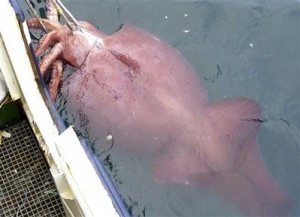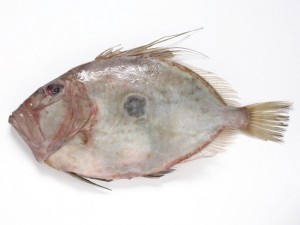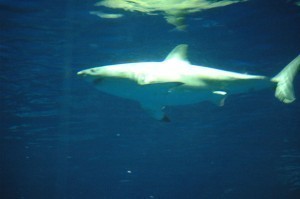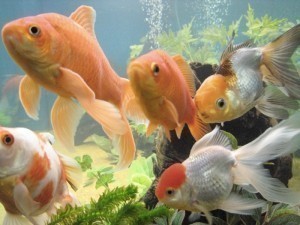Biggest Squid
Mesonychoteuthis hamiltoni, the Colossal Squid, is considered as the biggest species of squid in terms of mass. Its maximum size is estimated between 12 to 14 meters (39 to 46 feet), which would also make it the biggest known invertebrate.
Also known as the Giant Cranch Squid or the Antarctic Squid, the Colossal Squid mainly inhabits the entirety of the circumantarctic Southern Ocean, with its distribution spanning Antarctica and extending through the southern portion of South America, southern South Africa, and New Zealand’s southern tip. This creature is distinguished from Architeuthis, or the Giant Squid, by the sharp hooks that equip its limbs, whereas the tentacles and arms of the Giant Squid are only equipped with suckers which are lined with small teeth.
Other features distinguishing the Colossal Squid from the Giant Squid include its longer mantle length and its shorter tentacles. The Colossal Squid owes its enormous size to abyssal or deep-sea gigantism, which is a deep-sea-dwelling creature’s tendency to grow much larger than their shallow-water equivalents. As such, it also has the largest known beak among all species of squid, and its eyes are also the largest ever recorded among all members of the animal kingdom.

Not much is known of the Colossal Squid’s life history, but many believe that it uses bioluminescence (the ability of a living organism to produce and emit light) to lure deep sea prey like Chaetognatha or arrow worms, large fish such as Dissostichus eleginoides (the Patagonian toothfish or the Chilean sea bass), as well as other squid. It is also believed that the Colossal Squid has a slow metabolic rate and only requires roughly 30 grams of prey on a daily basis. A slowly-moving ambush predator, its large eyes are mainly used to detect predators and not so much for hunting.
Adult Colossal Squid are known to go as deep as 2200 meters, whereas the young of the species can only achieve a depth of 1000 meters. Similar to many invertebrate species, they are also considered as sexually dimorphic; that is, the adult females of the species tend to be larger than the adult males. Although the reproductive process of the Colossal Squid has yet to be observed, how they reproduce can be deduced from their anatomy. Given that the male of the species do not have the organ known as the hectocotylus which is a tentacle the male of other cephalopod species use to transfer spermatophore to their mate.
So knowing all that, keep a look out for these large creatures when you find yourself in their waters. A true marvel of nature!





